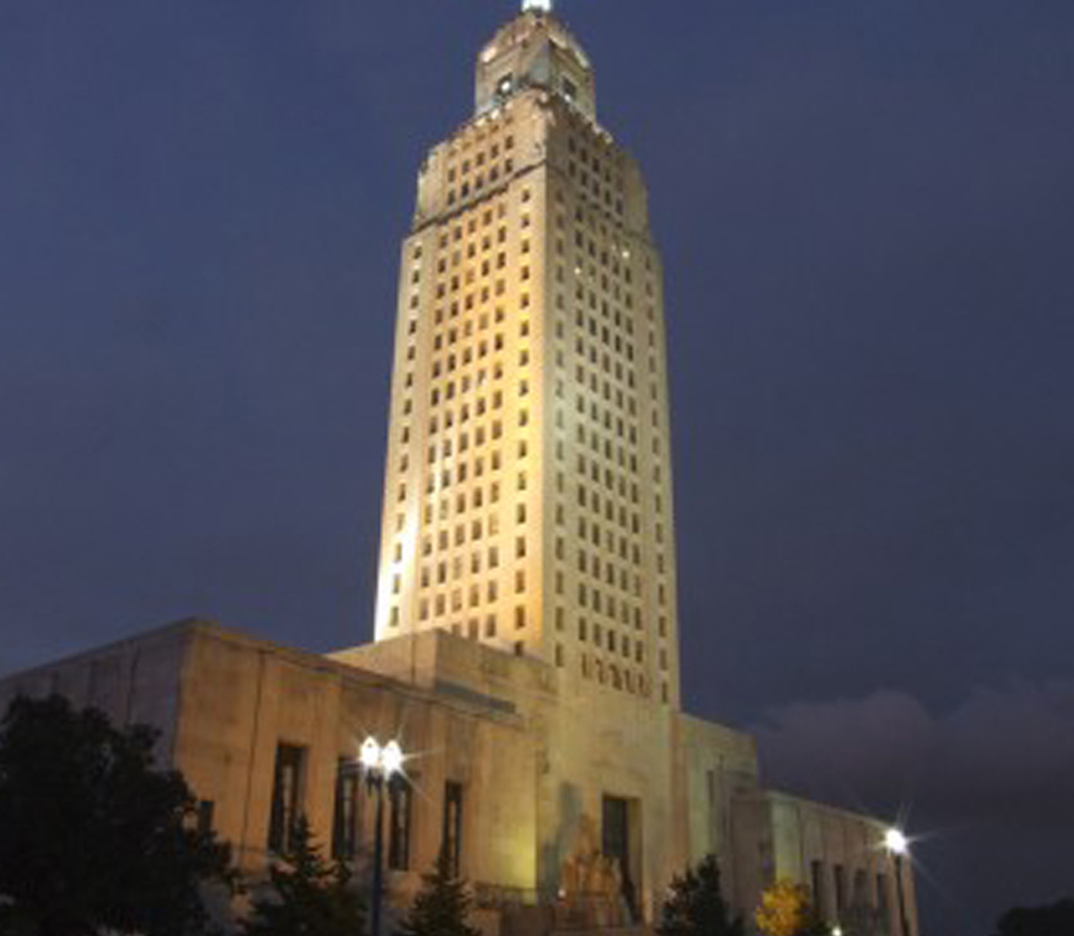206
BATON ROUGE — Gov. John Bel Edwards and Louisiana's lawmakers didn't need to wait for Christmas to get the lump of coal in their stockings. They already knew about the financial headaches they'll have to tackle in 2017.
Cuts still have to be mad
More budget cuts, special session worries ahead
previous post


